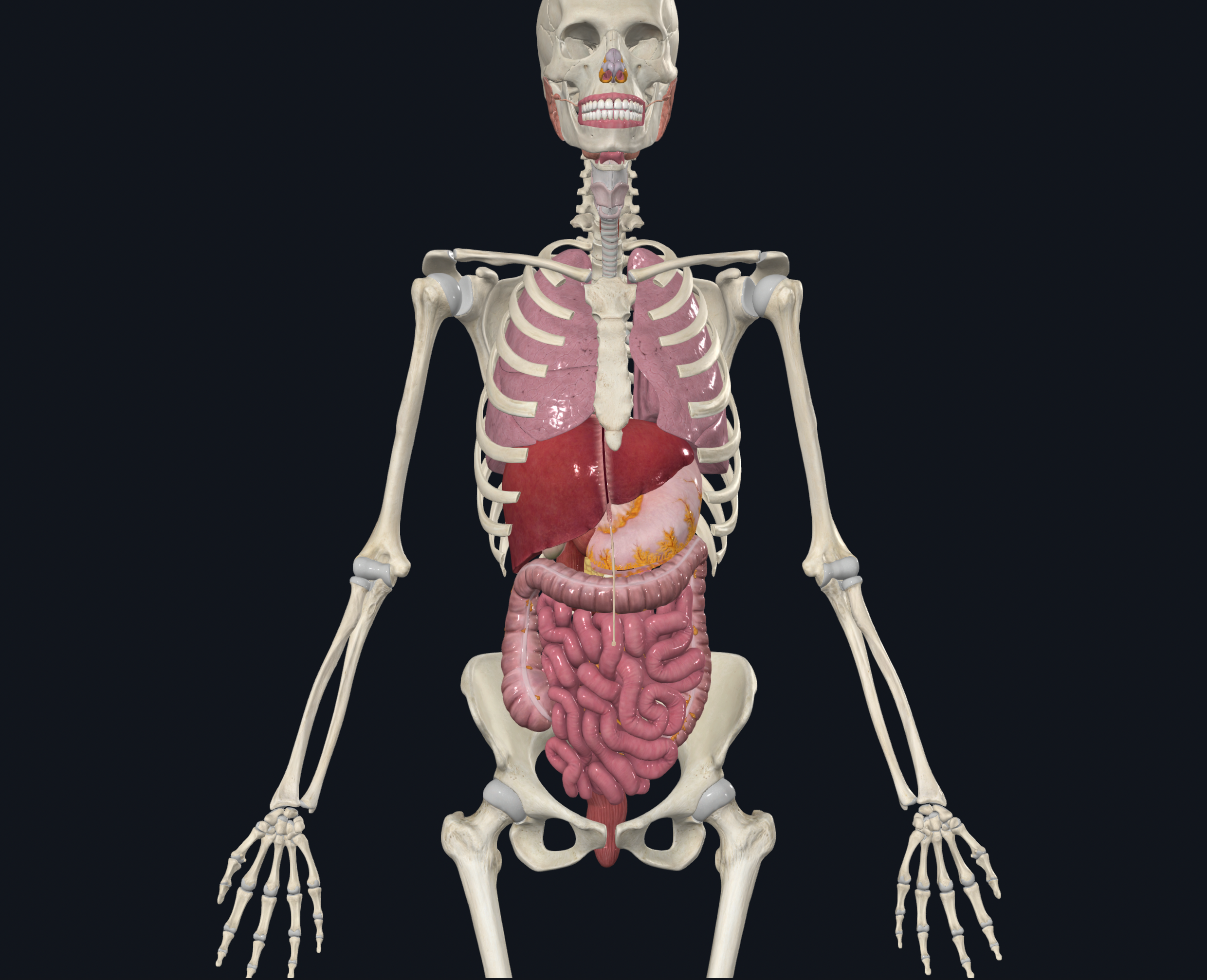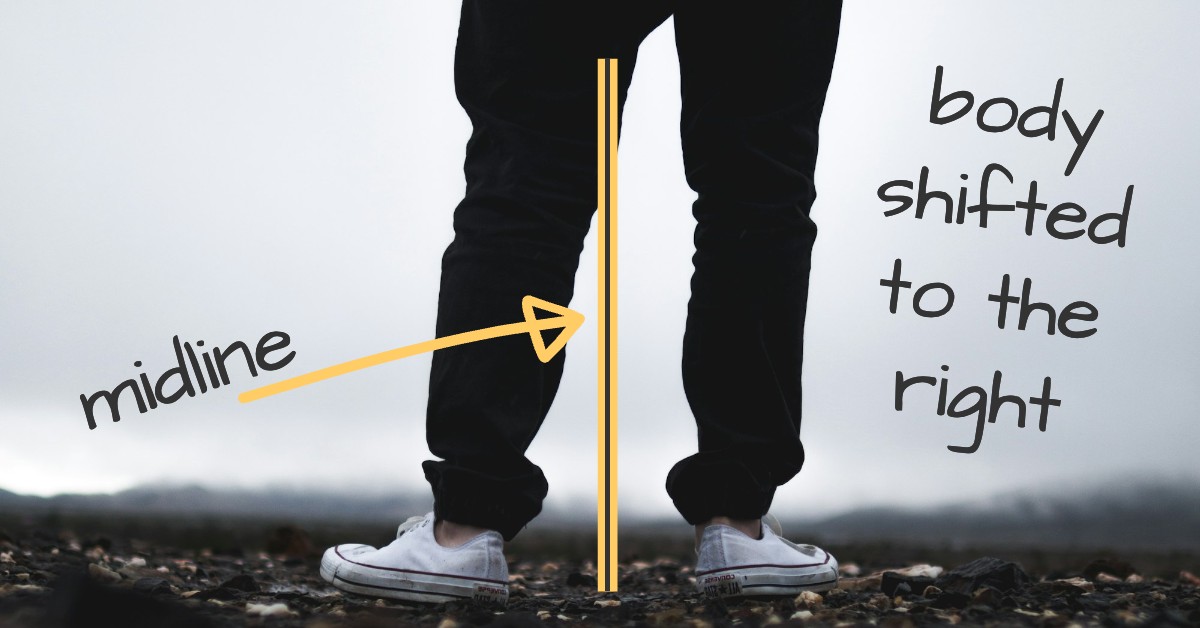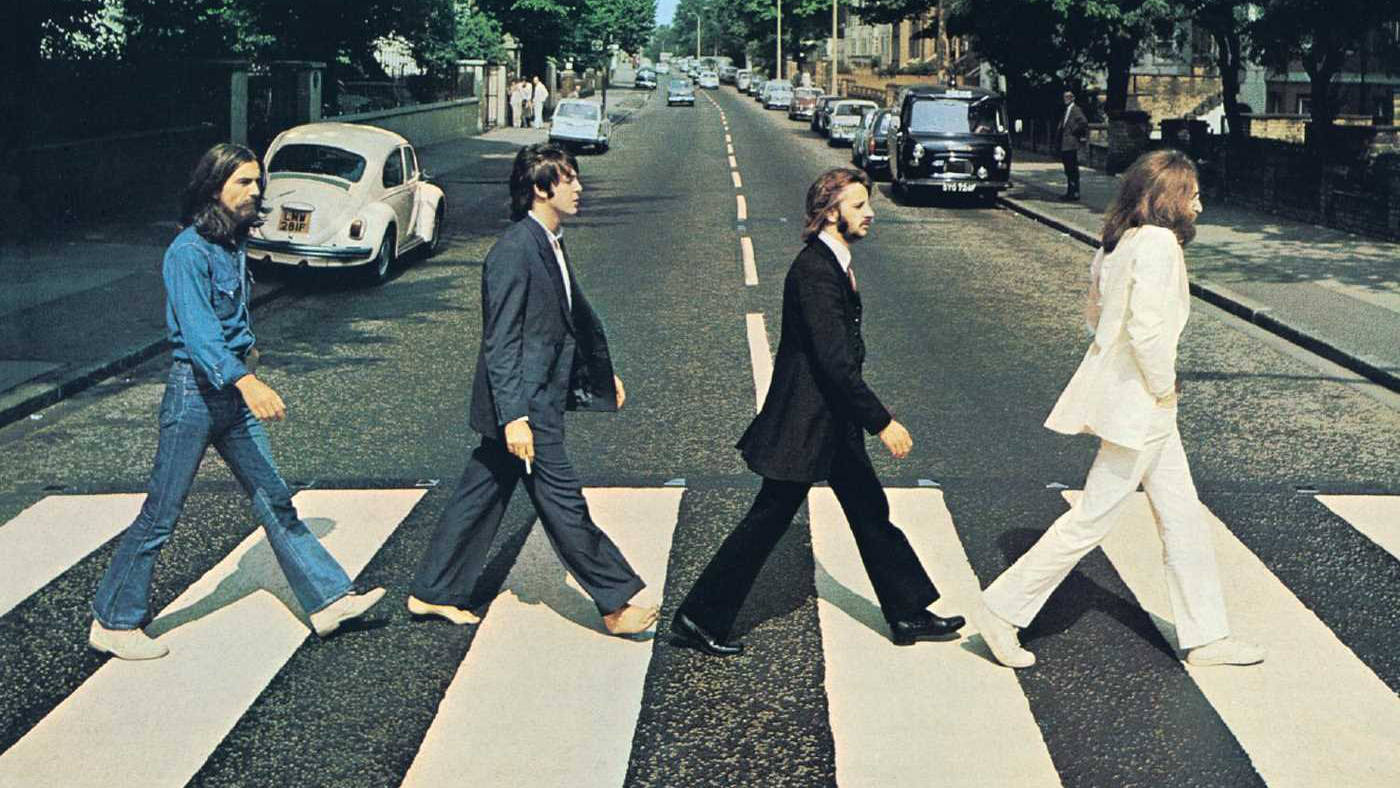I help Modern Athletes “reboot” their movement so they can live their best life, free from pain and limitation. This approach targets the root cause of symptoms, breaking the cycle of just managing them. Learn how to build a foundation that supports your sport or fitness lifestyle for years to come. Let me show you how to Reboot Performance.
Part II — Solving the Real Problem
The movement system of our bodies relies on muscles to move the bones. Muscles and bones are both hardware.
This “muscles move bones” view oversimplifies things, though. It ignores your nervous system — the brain, nerves, and sensory receptors. After all, your brain tells your muscles when and how to move.
But please don’t think I’m just poo-pooing muscles, tissues, and bones.
I respect the hardware, I really do. The muscles, tissues, and bones can’t be ignored…
It’s just that I’m a firm believer in making sure the software is up and running as close to ideal as possible before putting energy into “hardware upgrades”.
This is exactly why I stopped training “muscles” years ago and instead focus on restoring “movement patterns”.
When the goal is to solve the Real Problem, training the muscles will NOT get the same result as training the movement pattern. And that is extremely important to understand.
So you have a pivotal choice to make. Therapy that focuses on training muscles? Or therapy to restore movement patterns?
I joke, but it’s kind of like Neo’s choice between the blue pill and the red pill in The Matrix.
Choose the red pill and I’ll show you how deep the rabbit hole goes!
Once you truly understand why prior therapy hasn’t worked in your favor…
And see the limitations associated with only addressing the hardware (i.e., muscle strength, muscle flexibility, tissue flexibility, etc)…
And make the choice to pursue a software “reboot”…
Then you’ll forever see your body and its function in a new way that you can never unsee.
I’m in no way the badass character like Morpheus in that movie, yet I still see my duty to you parallel his duty to Neo…
As Morpheus said, “All I am offering is the truth, nothing more.”
The Number One Task
As mentioned before, the brain “thinks” in patterns. These patterns lead to the completion of tasks.
So really, it’s best to say the movement control center of your brain is all about tasks…
As in, What’s the result I’m trying to achieve?
For example, you decide it’s a hot-chocolate-kind-of-day.
(I only use this example because I just enjoyed a cup of hot chocolate. Top of mind, I guess).
You need a mug, which is located on the top shelf.
Your brain has a task. Reach the hand to the mug.
Simple, right?
Well, it gets more complex…
Because the pattern of movement needed to complete that task (aka, reach the hand to the mug)…
Is itself based upon the pattern of movement determining how you’re standing (aka, posture)…
And that pattern of posture is dependent upon the Number One Task your nervous system has — your survival.
Let that soak in.
Survival underlies everything you do…
And your nervous system is very good at keeping you alive.
There’s two main ways your nervous system controls your muscles and bones as it relates to survival.
One is locomotion (i.e., walking, running, crawling, rolling, bounding, etc). This gets you to safety, to shelter, to food and water. All things that help keep you alive.
The other is breathing.
Yes, breathing. No air enters or leaves your lungs without the action of muscles.
When you exhale, muscles compress the ribs to squeeze air out of the lungs. When you inhale, muscles rotate and lift the ribs to allow air into the lungs.
And as luck would have it, your core uses many of the same muscles in efficient locomotion as in efficient breathing.
(Notice the keyword there: efficient.)
Anyway…
If the patterns used for the breath and for walking have become inefficient due to compensations…
Then every other thing you do will be built off of that inefficiency and compensation.
These movement patterns are a software problem. Hardware upgrades won’t make a dent.
So back to our example…
You want hot chocolate. You reach for the mug on the top shelf…
And get shoulder pain!
Well, what’s the chance the shoulder pain is actually due to muscle weakness?
Granted, if your arm has been in a sling for six weeks to heal after surgery, then yes, it might be actual weakness.
But besides those, it’s much more likely that your software’s operating system is using a posture based on a breathing compensation.
This breathing compensation affects the ribs’ position…
Which affects the shoulder blade’s position…
Which impacts how muscles are used to position the shoulder as you reach for the mug.
Therefore, the typical method of strengthening the shoulder won’t be successful because it doesn’t address the underlying compensation.
This underlying compensation also goes unchanged with the typical method of stretching.
Strengthening and stretching (aka, hardware upgrades), therefore, are NOT addressing the big picture. The Real Problem is left to fester and continuously impact future movement — any type of movement.
Does this blow your mind? It did for me.
This is why I say strengthening and stretching only get you so far.
And why there is a big, Big, BIG difference between treating the hardware and the software.
The Other Side of Midline
Hardware vs software. Muscles vs patterns. Survival, walking, and breathing.
I’m betting this is a new way to think about your body, movement, and lingering pains and limitations.
It’s at this point that most people ask, “How do patterns of breathing or walking get messed up in the first place?”
Well, it has everything to do with midline.
Let’s define your trunk as the pelvis, spine, and ribcage.
If we drew a vertical line through your trunk, you should have two equal halves, correct?
Nope, not if you look inside the trunk…
Due to the layout of your organs, the right and left halves of your trunk will look very different. Even the right and left lungs are different sizes and shapes.

Figure 1. The Organs. Complete Anatomy, 3D4Medical Ltd., 2024.
Plus, your main muscle of “breathe in” — the diaphragm — is actually a left diaphragm and a right diaphragm. More significantly, the right and left diaphragm differ in size and shape.

Figure 2. The diaphragm. Complete Anatomy, 3D4Medical Ltd., 2024.
These differences in organ positioning and diaphragm muscle shape contribute to more tension being created on the right side of your trunk.
Now let’s talk about a different midline…
When you stand, an imaginary line rises from between your feet and extends vertically to the sky.
It’s easy to assume that the imaginary midline would split your body’s frame into two equal parts — a left half and a right half. But that’s not the case.

I’d expect to see your body’s center of mass shifted to the right of this midline…
And if you’re wondering if it’s because you’re right-handed — no. Left-hand dominant people also tend to shift to the right of midline.
It’s happening in all of us.
(Of course, there’s some exceptions. But rare.)
This shift to the right of midline can be ever-so-slight, such as a mere preference, as if to say “I enjoy a bit of shift to the right”…
Or it can be dramatic, almost like a dominant force has taken hold that says, “I must hold my body shifted to the right, or else!”
No matter which level you’re at, your foundational movement patterns are impacted.
Now, I’m sure you understand this isn’t a full technical explanation. There’s a lot going on.
But let’s keep things moving forward and (hopefully) as easy to understand as possible…
When you walk, you alternate movement from a pattern of “right stance” (right leg bearing weight, left leg swinging)…
To a pattern of “left stance” (left leg bearing weight, right leg swinging).
If you’ve noticed, when you walk your arms also swing. The arms move opposite of what the legs do.

“Abbey Road” Studio album by the Beatles, 1969
George, Paul, and Ringo show it best. John has his hands in his pockets (effectively disrupting efficient gait patterning, BTW).
You should know…
The pelvis isn’t THE pelvis, signifying it’s one bone. It’s made up of three bones — a left pelvis bone, a right pelvis bone, and a sacrum bone (most people call it the tailbone). These bones have a small amount of “twist and turn” among each other.
The ribcage also isn’t THE ribcage, it’s a right and a left ribcage separated by the sternum bone (center of the chest) in the front and the spine in the back. The right and left ribcage can move independent of one another.
Therefore, during right stance, the right pelvis bone has a “position of stance”. And during left stance, the right pelvis bone has a “position of swing”. The opposite occurs for the left pelvis, as I’m sure you figured out.
As the arms swing in the walking pattern, each side’s ribcage is alternating its position as well.
And with each step, the spine is going through subtle “twists and turns” of its own.
These movements link the walking pattern and breath together…
Right stance is linked to a less restricted breath, and the left stance to a more restricted breath.
And since breath is survival…
Your nervous system feels “more safe” when in “right stance”. This brings your center of mass to the right of your midline.
That means your nervous system feels “less safe” as you attempt to move into “left stance”, when your center of mass should be shifting to the left of midline.
Naturally, your nervous system prefers to feel “more safe”. So…
You spend more time in the pattern of right stance, with your center of mass to the right of midline.
(Does your nervous system really feel “more” or “less” safe? Who knows! Not sure we can answer that. This is just my way of making a really complex topic a bit easier to digest.)
Muscles on the right are generally “pulling” you into the asymmetrical posture of “right stance”. So, a muscle on the right may feel thicker or more tense than its left counterpart.
Muscles on the left are generally “pushing” you into the asymmetrical posture of “right stance”. So, a muscle on the left may feel thicker or more tense than its right counterpart.
This creates uneven strains and stresses in muscles, connective tissues, and joint surfaces.
The preference of right stance goes beyond walking and standing, though. It’s present in other positions — lying on your side, on your back, on your belly, and sitting.
And like I said before, you could have either a mild preference or a dramatic dependence on holding your center of mass to the right of midline.
Bones throughout your body find themselves in different positions of rotation on the right as compared to the left…
Feet, legs, pelvis, spine, ribs, arms, neck…
They all position themselves according to this completely normal shift we see in human beings.
In fact, influences of this can be seen all the way up in the jaw, facial bones, and skull. Go ahead, look in the mirror. You’re likely to see different positioning of your right and left ears, eyebrows, and cheekbones. Even the nose or chin may be asymmetrically positioned.
From all this — for many different reasons — this normal asymmetry can develop additional compensations, adding layers of complexity to how you control and create movement.
I find this totally fascinating! I hope you do, too.
So let’s do a quick recap…
Your brain uses patterns of muscle activity to position and move the bones…
With the Number One Task of creating patterns of movement based on breathing and walking…
But due to natural asymmetries in your body’s structure and the tension created…
Your body tends to prefer right stance — it “feels more safe” due to better airflow…
So you spend more and more time in right stance…
Leading to muscles in the “pattern of right stance” getting more work than muscles in the “pattern of left stance”.
This is the Real Problem…
The reliance of one pattern over its opposite pattern. Regularly introducing asymmetrical stresses into your muscles, connective tissues, and joint surfaces.
Am I starting to make sense?
This is why some muscles “appear” weak or tight, and why the sensation of pain creeps in.
Weakness, excessive tension, limited flexibility, and pain are products of the Real Problem.
In my clinic, I expect to find excessive tension in the muscles associated with the pattern of right stance…
And the appearance of weakness in muscles associated with the pattern of left stance.
Remember, the pattern of stance is a total body thing, so issues show up all over the body.
This has been a lengthy discussion, I know. But necessary to understand why strengthening a “weak” muscle or stretching a “tight” muscle won’t change the pattern.
Typical therapy methods won’t reboot the software’s operating system. They won’t bring a greater sense of “safety” to the pattern of left stance.
If your “failed” therapy or chiropractic visits did NOT focus on “software” — patterns of breath, walking, and “stance” — then you should be thrilled. You still have great potential to improve once the software is addressed.
So, Todd, how do I reboot my software?
Glad you asked…
